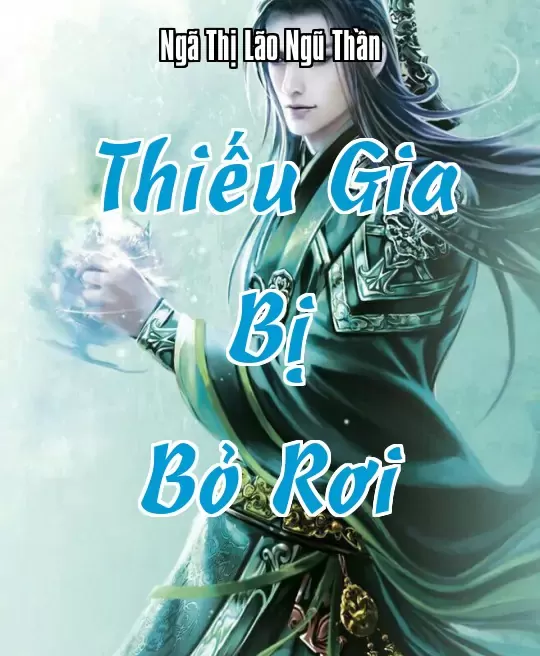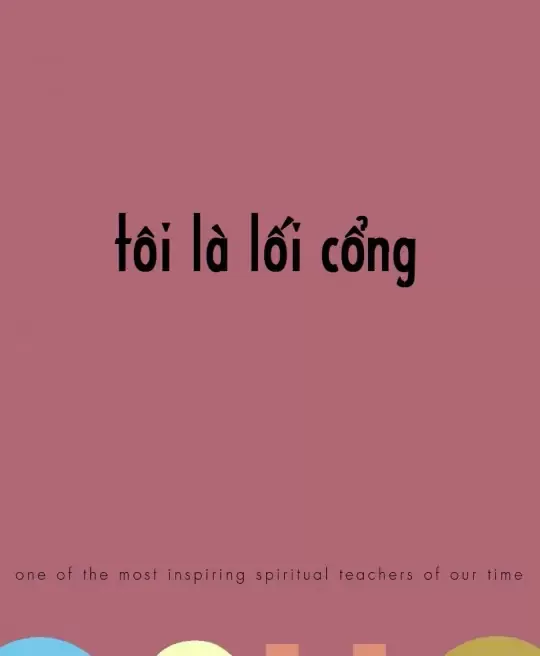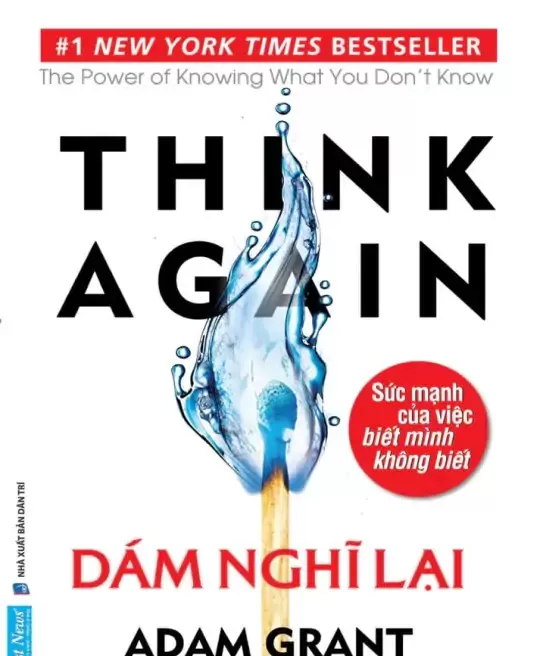1477
perfect type of all folk narratives" (Nguyen Dong Chi: 70-71). This is the
underlying assumption in his systematic argument. In his view, there is no need
for a clear-cut distinction as suggested by Durand in order to arrive at the
"antiquity". It might be easier to ascertain a landmark. So many instances of
failed attempts to trace the origins of folk poems and stories? Therefore, it seems
the only possible way to determine the antiquity of a folk story is by identifying
its artistic style. Nguyen Dong Chi also elaborates on this view, saying the
identification of the antiquity of a folk story is mainly through its ways of
depicting the characters, the sequencing and its structure and typical motif, but is
not necessarily dependent on the historical time in which it occurred" (Nguyen
Dong Chi: 67) and that "while the antiquity and contemporary concepts might be
mixed in some stories, the characters, events and images in folklore must bear
resemblance to those dating back to traditional folk literature which has truck
roots in the depths of people
'
s minds. " (Nguyen Dong Chi: 66). Hence the
recognized concept of "modern folk stories" if old time stories. On this
phenomenon, Nguyen Dong Chi (Ibid.: 68) comments "recently published folk
tales are accepted because they bear resemblance to the historical and social
background, and the characters" ways of thinking and behaviour typical of old
times. " On the contrary, "stories such as The third wife of De Tham, though it
relates to events happening half a century ago and has a characteristically
modern folk tale clement, is by no means considered folklore because it contains
long bearded, long nosed [French] soldiers with rifles and pistols, things which
do not belong to "antiquity" and are not recognized by the general public as
belonging to the other side of modernity." (Nguyen Dong Chi: 67). It is evident
that Nguyen Dong Chi
'
s approach is adequate and in conformity with aesthetical
principles of folklore study and not heavily dependent on history as suggested by
Durand.
2. On the problems of classification, Nguyen Dong Chi is not satisfied with the
ways folklore were classified by his predecessors, claiming that they were not
systematic enough. Nguyen Dong Chi somewhat shares the view of Truong Tuu
on his classification of folk stories into two main types: mythical and worldly.
Nguyen Dong Chi comes up with a three-way distinction: mystical (hoang
duong as used in the first edition, 1957; or than ky in the fifth edition, 1972);
worldly and historical. Nguyen Dong Chi
'
s distinction has been highly
controversial ever since. Durand contends that Nguyen Dong Chi
'
s classification
is also "as formal as his predecessors""(Ibid.: 496), while Dinh Gia Khanh and
Chu Xuan Dien comment that "Nguyen Dong Chi
'
s classification is adequate"
1
1
. Dinh Gia Khanh and Chu Xuan Dien (1973). Folklore. Vol II: 93. Hanoi Higher Education
Publishing House.


